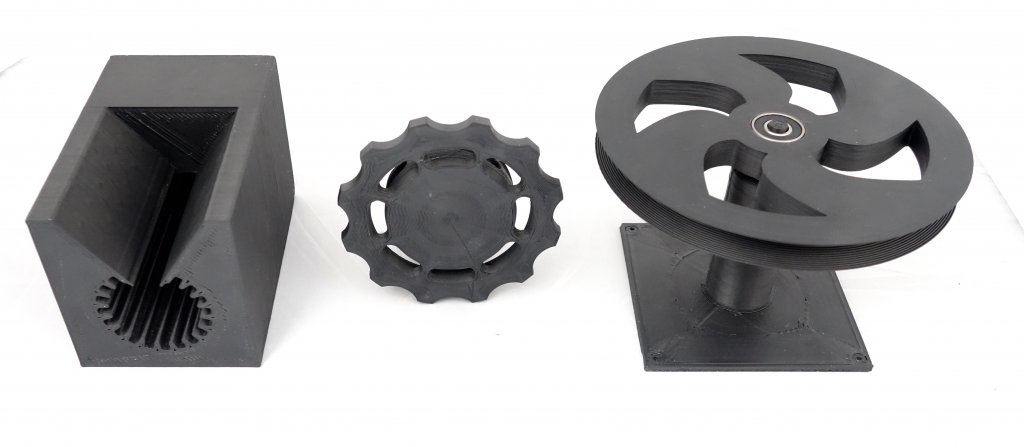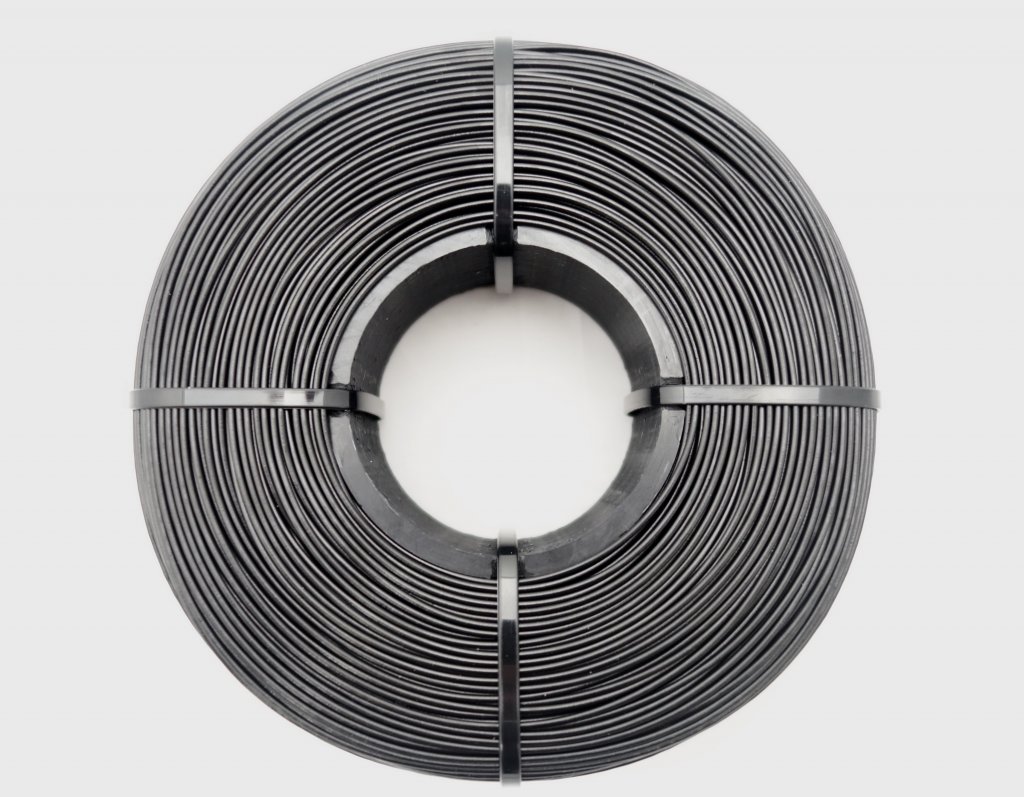
“This industry will bring a lot of improvements to people, but 3D printed objects are made with different plastics, and these material have a terrible impact on the environment. Indeed, only a small proportion of plastic waste are well recycled and reused during ten to fifteen cycle as they should be, the rest are incinerated or placed in landfills. Moreover, a huge quantity of plastic never reaches the recycling bin and ends in nature which represents a critical pollution problem.
“NefilaTek is a new company that makes Eco-friendly 3D printing filament from recycled plastic. The idea is to decrease the environmental impact of the 3D printing industry by making high-quality filament from plastic waste from Montreal. Reconditioning used plastic into useful objects is the main challenge of our time to reduce plastic pollution and overproduction.”


No spool filament is also a great benefit.
The company did tell us that, “All our filaments are made from 100% recycled raw materials, we don’t have any virgin plastic in our filament.”
R&D engineer Angel Chauffray did say something that makes us happy which is that “they’ve reached an industrial tolerance for the filament diameter 1.75mm +/- 0.05, it performs at least as well as other filaments with this tolerance.”
Subscribe to Our Email Newsletter
Stay up-to-date on all the latest news from the 3D printing industry and receive information and offers from third party vendors.
Print Services
Upload your 3D Models and get them printed quickly and efficiently.
You May Also Like
Consolidation in AM: How 2025 Is Shaping the Industry’s New Normal
The first half of 2025 has been marked by a clear shift in the additive manufacturing (AM) industry. Companies are no longer just focused on developing new tech by themselves....
Etsy Design Rule Change Reduces Selection of 3D Printed Goods
Online marketplace Etsy has implemented a rule change requiring all 3D printed goods on the site to be original designs. The update to the site’s Creativity Standards states, ¨Items produced using...
U.S. Congress Calls Out 3D Printing in Proposal for Commercial Reserve Manufacturing Network
Last week, the U.S. House of Representatives’ Appropriations Committee moved the FY 2026 defense bill forward to the House floor. Included in the legislation is a $131 million proposal for...
Transforming From Tourist to Native: Duro CEO Michael Corr Explains Why the Company Rebuilt its PLM Software on AI
In these early innings of the AI boom, many market analysts have expressed concern that AI spend has gotten too far ahead of the technology’s proven ability to deliver significant...
































